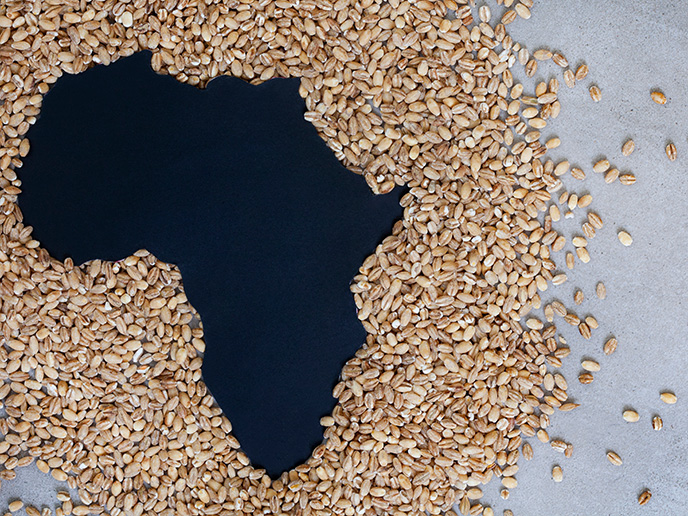African crops provide a nutrient-dense, gluten-free solution
The world is producing more food than ever before, yet millions of Africans still lack proper nutrition. Focusing on the potential of African crops to help combat malnutrition on the African continent, the EU-funded InnoFoodAfrica project has now turned its attention to gluten-free products. Just as in Europe, gluten-free product consumption has risen in Africa too in the past few years. However, most gluten-free products are produced with cereals such as maize and rice that are mostly high in starch and low in protein and fibre, raising concerns for a population already suffering from malnutrition. The InnoFoodAfrica project team has set out to discover whether replacing such cereals with climate-resistant African crops in gluten-free products could offer a viable solution to the problem, since such crops are rich in protein, fibre and mineral content.
Alternatives to maize and rice
The focus is on developing nutrient-dense, gluten-free crackers. What if, instead of corn or rice, gluten-free crackers were made from amaranth, sorghum, teff, Bambara groundnut or cowpea? To make this a reality, producers need to overcome certain technological challenges. As reported in a flyer posted on the project website, African crops “have unique taste profiles, especially the beany flavour and bitterness of cowpea and Bambara which may not be acceptable to all consumers. Furthermore, the grainy and sandy structure, especially in sorghum, has inhibited its large utilisation in food products.” The researchers studied how replacing maize with African crops affected the baking performance and technological properties of the crackers. Then they analysed how air-classifying – sorting grain particles by mass – and germinating some of the raw materials would affect the crackers’ technological and sensory properties. A total of 15 different crackers were baked using amaranth (50 %), sorghum (50 %), teff (50 %), Bambara groundnut (50 %, 75 %) and cowpea (50 %, 75 %) flours instead of maize flour. A well-balanced process and combination of raw materials for making crackers was achieved after “several development rounds,” according to the flyer. The crackers were backed at 180 ℃ for 13 to 22 minutes, depending on the type of flour used. The nutritional composition improved in all the crackers made from African crops. There was a notable increase in fibre content when compared with the 100 % maize cracker. Protein content also increased with all crop replacements, especially with Bambara groundnut and cowpea. In terms of technological changes, the colour of the crackers changed from yellow to golden brown with the use of the African crops. Differences were also noted in cracker thickness and hardness that were affected by protein content and smaller flour particle size. The modifications made to the raw materials change the sensory profiles of sorghum and cowpea: “Sorghum’s typical grainy structure was significantly decreased by milling and air-fractionation, whereas germination decreased beany flavour intensity in cowpea samples the most compared to the original raw material samples. Germination also gave the crackers a more sweet, oily and roasted flavour.” In addition to developing solutions for cropping practices and for processing and productising crops, InnoFoodAfrica (Locally-driven co-development of plant-based value chains towards more sustainable African food system with healthier diets and export potential) is also exploring the potential of bio-packaging to reduce agricultural waste. Details are available in the factsheet posted on the project website. For more information, please see: InnoFoodAfrica project website
Keywords
InnoFoodAfrica, gluten-free, food, cracker, Africa, crop, amaranth, sorghum, teff, Bambara peanut, cowpea



